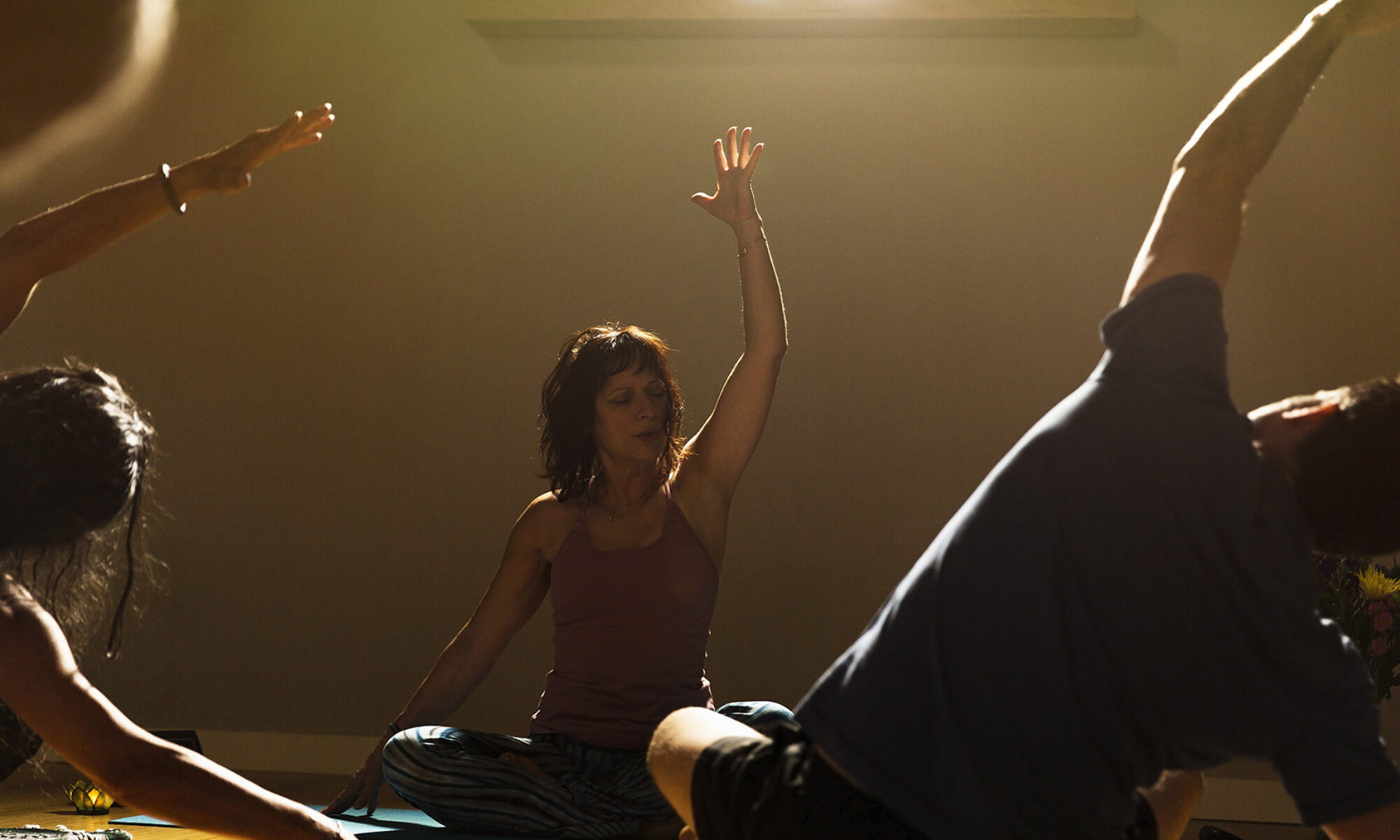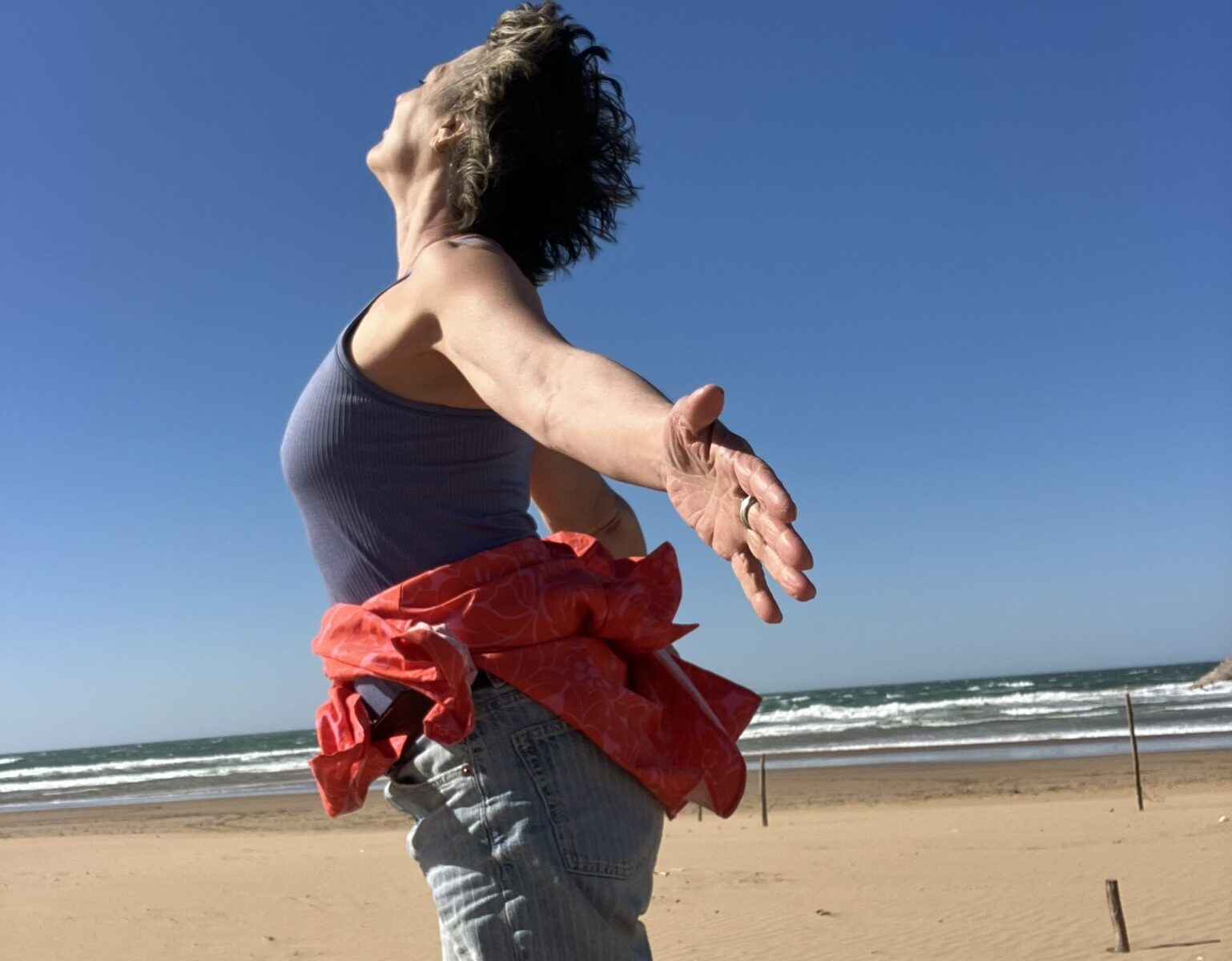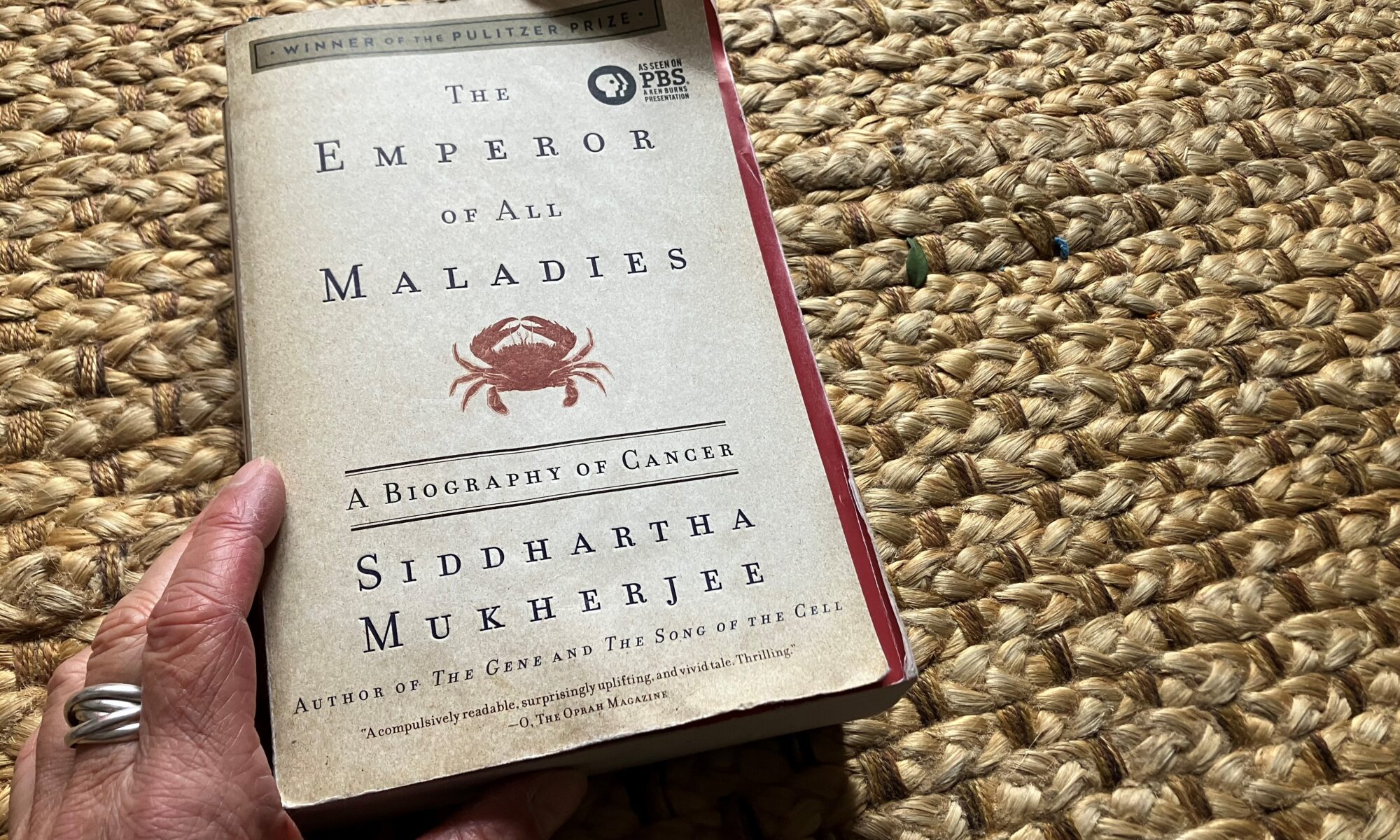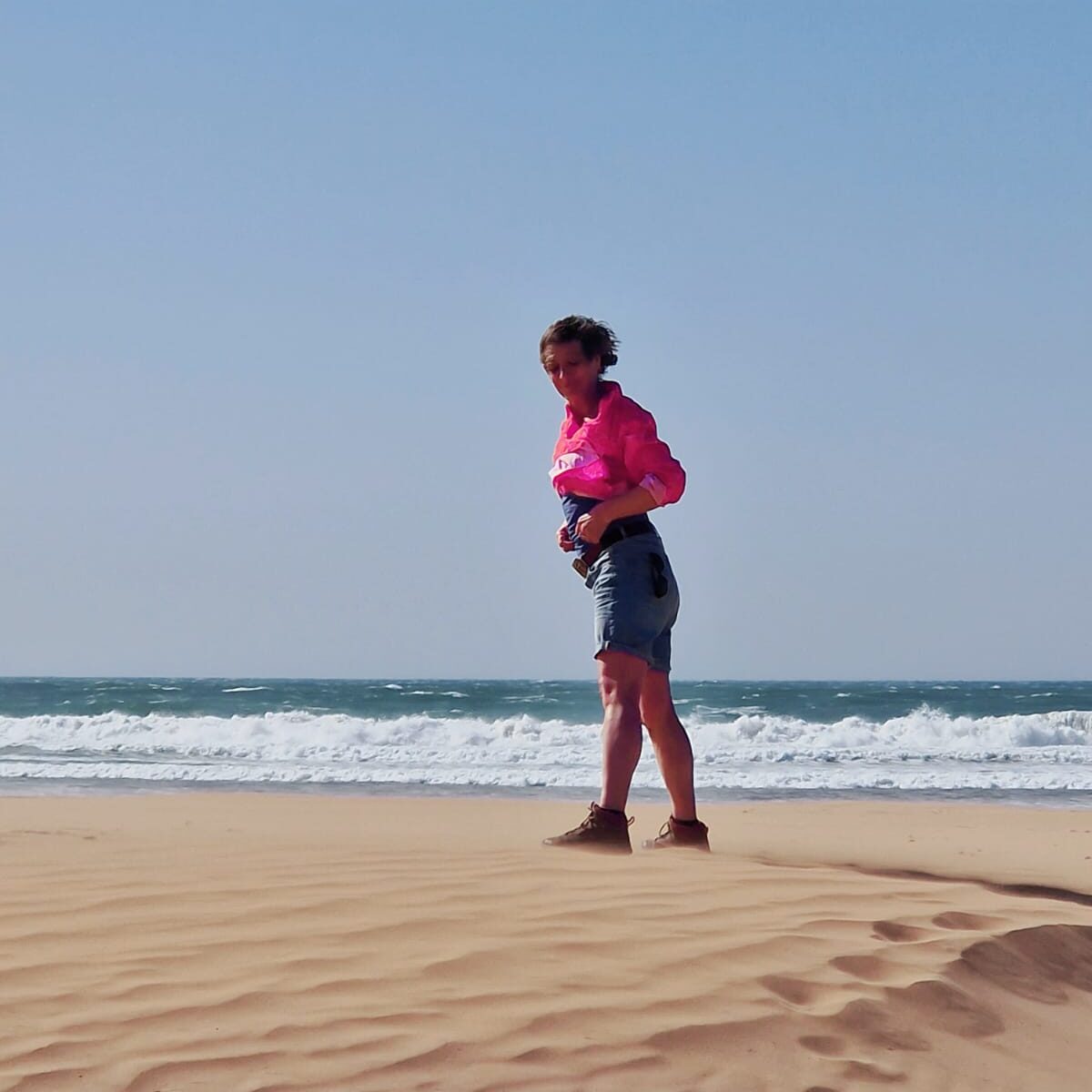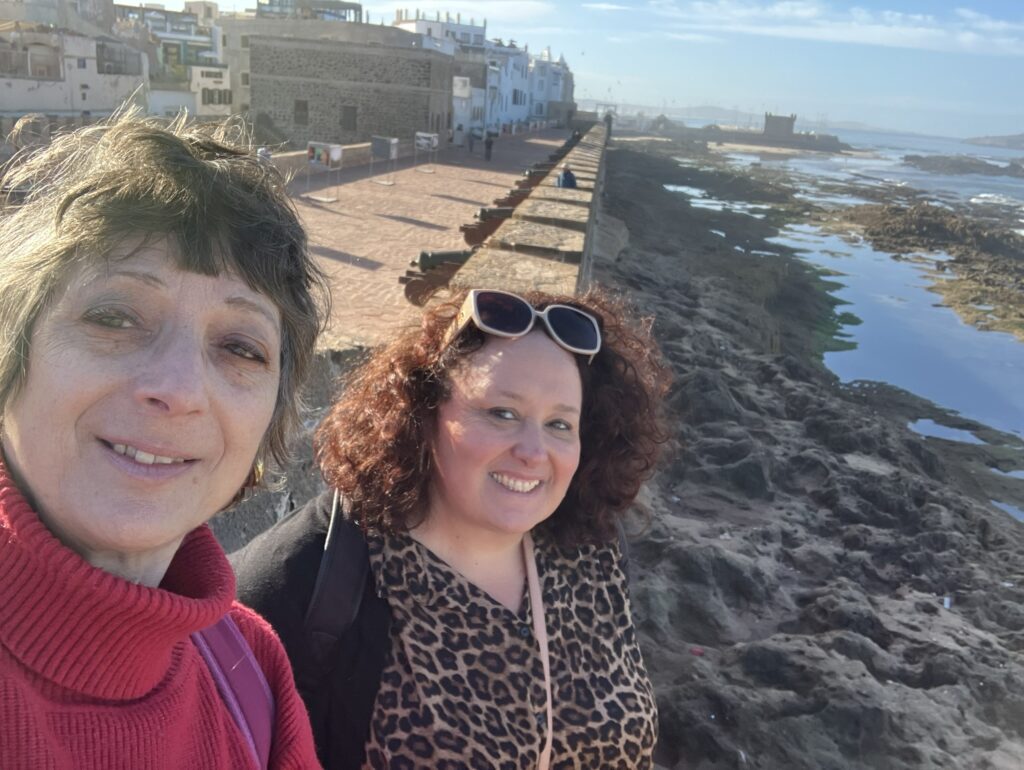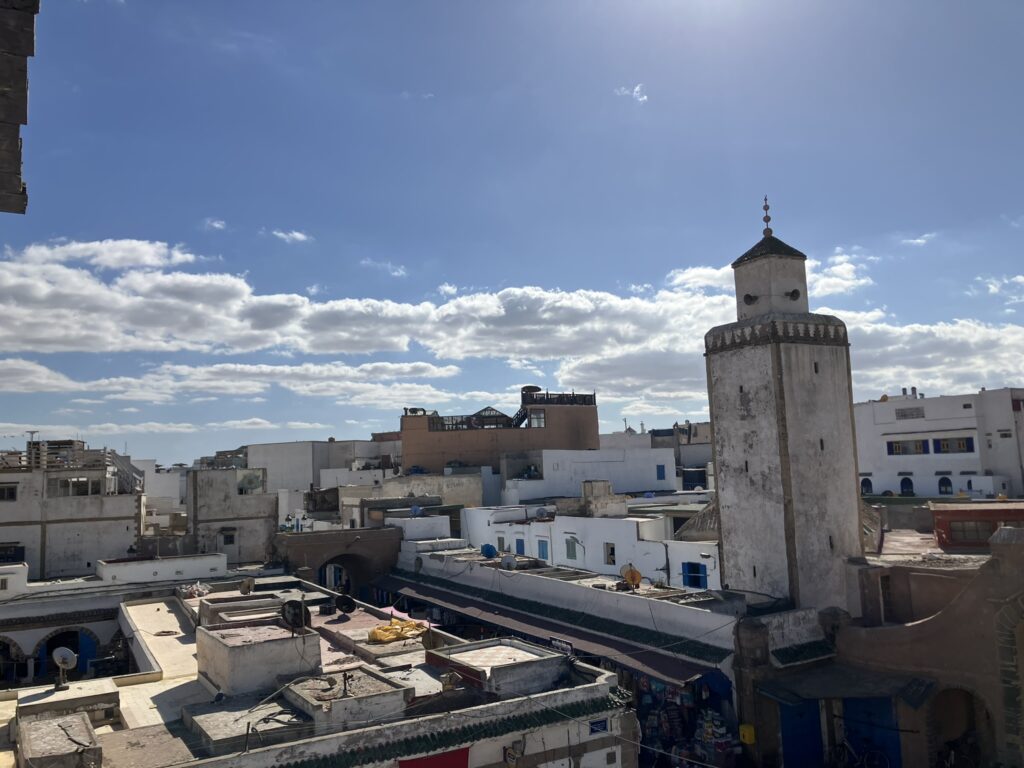Breathing exercises—like those practiced in yoga—can do us a world of good. Those who practice them know this well. But how does conscious, deep breathing impact the body? Insights from a pharmacist and naturopath.
“Take a deep breath.” “Breathe more!” … You’ve probably heard advice like this before. And if you’ve attended one of my therapeutic yoga classes, you know that I constantly remind you throughout the session to maintain abdominal breathing. That’s because yogis have understood for millennia that we can influence our physical, mental, and emotional health by modifying our breath. This is why every yoga practice includes breathing exercises (“Pranayama”).
While most people have an idea of the importance of deep breathing, few truly understand its impact on physiology. To explore this, I turned to Isabelle Bleuze, who has the rare distinction of being both a pharmacist and a naturopath. Based in the Greater Paris area (Lagny-sur-Marne), she passionately balances her work in a pharmacy with her private naturopathy practice, where she treats patients using dietary supplements, nutrition, and other natural remedies.
“Breathing is a source of energy”
To start, Isabelle reminds us: “Breathing is life!”
Put simply, breathing is a system that facilitates gas exchange. We inhale air. Air contains oxygen. And oxygen is essential for our bodies. She explains that inhaling air nourishes all our organs (heart, lungs, kidneys…) and helps eliminate toxins from our system, ensuring the body functions optimally. “Breathing is a source of energy. It’s fuel,” she emphasizes.
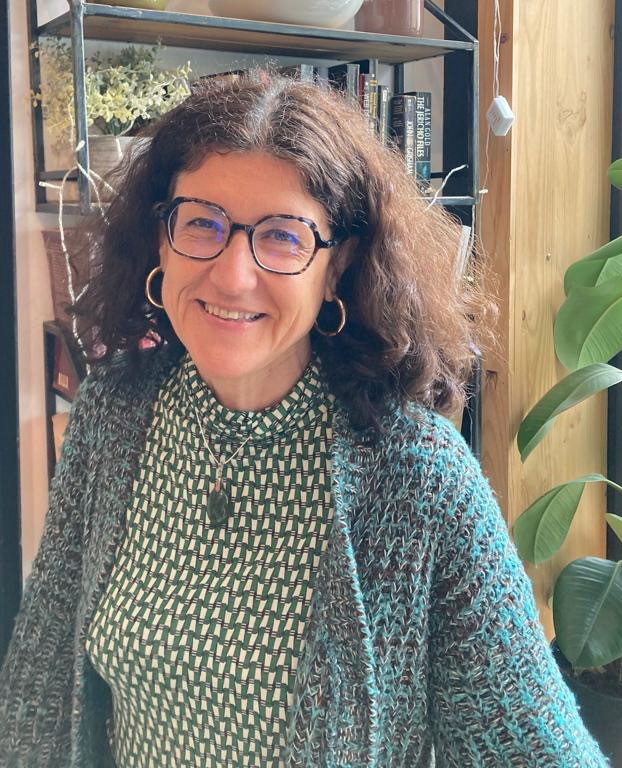
A passionate healer, Isabelle Bleuze has been a pharmacist and naturopath for the past 25 years.
But that’s not all. Breathing also affects the speed of cellular exchanges, the nervous system, and hormone regulation. Isabelle is clear: “Breathing has incredible power. By practicing deep, diaphragmatic breathing, we can help resolve many issues,” she assures us.
Okay, great news—but what kind of issues?
The “relaxation effect”
First, Isabelle highlights the relaxation effect of deep breathing. She explains, “Breathing affects the vagus nerve, the longest nerve in the body, running from the base of the brain to the abdomen. And it turns out that breathing’s influence on the vagus nerve has multiple benefits. Deep breathing clears our mind. It helps us stop overthinking. It impacts our mood, improves mental clarity, and makes it easier to connect with our intuition.”
She goes on: “We can also use breathwork to support addiction recovery, weight loss, and curb cravings.”
Breathing can even impact fertility
Another key aspect of breathing is the diaphragm—a dome-shaped muscle-tendon partition that separates the abdomen from the chest. “When we breathe using the diaphragm, we soothe both the brain and the gut. We support the microbiome,” Isabelle affirms before continuing her scan of the human body. “Deep breathing can also do a lot for back pain because it helps release tension.”
For Isabelle, breathing can even influence fertility: “Breathwork helps unlock hormonal secretions linked to the pituitary gland and hypothalamus, which impacts fertility.”
Things are changing
The Western world took much longer than yogis to acknowledge the influence of breath on health. That said, things are changing. For decades, numerous scientific studies have highlighted the benefits of breathing exercises. So much so that the National Center for Complementary and Integrative Health (NCCIH) in the U.S. now recommends breathing exercises (alongside other relaxation techniques) for conditions like high blood pressure, anxiety, pain, cancer treatment recovery, and insomnia.
So, convinced?
